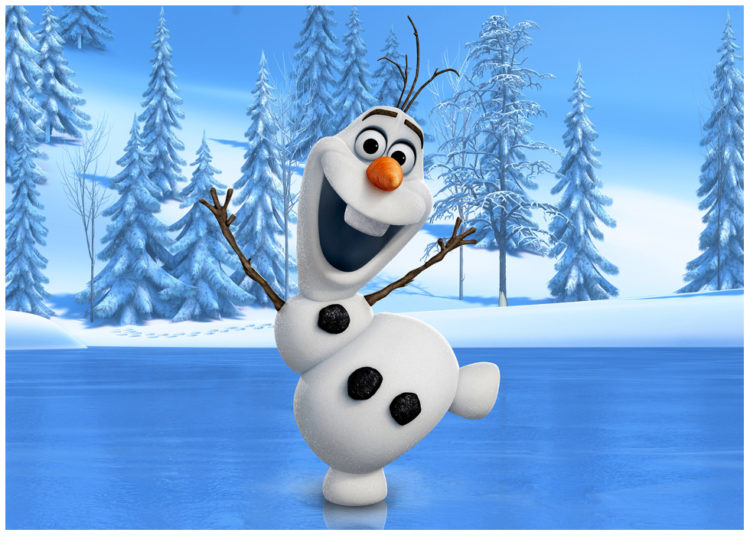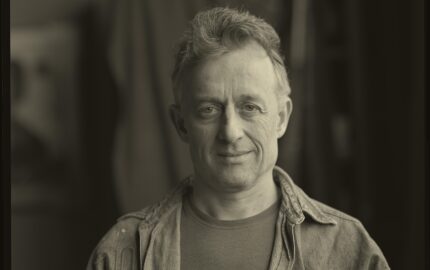Ads on radio and news sites here in Seattle are promoting “Potted Potter,” a romp of a stage play that retells all seven Harry Potter books — more than 4,000 pages worth — in 70 minutes. I’ve read every word of every book and seen every movie — most of them multiple times. I can take issue with J.K. Rowling’s overuse of the -ly adverb, especially when pushing the simple attributive “said.” But it’s hard to argue with what, by some counts, is the best-selling series of novels of all time. And even my toughest edit couldn’t squeegee 4,000-plus pages into a 70-minute script. What about the needed backstory?
I’ll get back to “Potted Potter,” but first a bit of backstory of my own:
A habitual weakness of mine, as a young – and not-so-young – reporter/writer was to overdue the context. I worked hard to gather it as I tried to understand how the past informs the present which might foreshadow or forewarn the future. So I figured my readers deserved no less.
My editors felt differently. My copy came in long (“You overwrite!”) and had big glops of story-sludge slowing everything down. That was true whether I was filing a straightforward news piece or a personality profile or an early attempt at narrative. Admonishments to cut things down or speed them up weren’t of much use; I didn’t know what to cut or how to move a story forward without all that foundational drag.
The message finally got through when one of my best editors sent an important profile back to me for a rework. She had circled a section of backstory — probably 12 or 15 paragraphs — with this note: Condense to eight lines.
Now, as an editor, I keep a keen squint to overloaded backstory. It’s part of what I call “reader think:” How much context or explanation does a reader need to understand the story being told? When/where in a story do they need that information?” How much is too much, thus a reason to stop reading? It’s hard enough to assess that as an editor. As the writer, nearly impossible, which is why all writers needed editors who, ideally, serve as first, smart, critical but supportive readers.
I always thought of tightening the backstory as an act of compression. Then I heard my friend, Poynter senior scholar Roy Peter Clark, diss the notion of compression and instead preach selection. His lesson, in brief (compressed?): You don’t squeeze information out; instead you make choices — selections — about what to put in.
I wasn’t wrong. Phrases, sentences, paragraphs still need to be squinted at and compressed.
But as usual, Clark was more right. Because even my clumsy process involves acts of selection.
All this takes us back to “Potted Potter.” I doubt I’ll get to the theater while it’s here. But reading about it reminded me of one of my most fun bits of compressed, selected backstory: The scene from “Frozen 2” when Olaf the Snowdude tells the people locked in the enchanted forest of the far north the backstory of what led them there. The YouTube clip is just shy of 2 minutes, but Olaf’s selective retelling of “Frozen 1” starts 45 seconds in, so lasts no more than a minute.
To really get the story Olaf is telling, it probably helps to have seen the first movie. That's where the screenplay writers needed to consider a bit of watcher-think. But even if not, as a minute-long example of compression and selection, it’s a delight.
I’ll get back to “Potted Potter,” but first a bit of backstory of my own:
A habitual weakness of mine, as a young – and not-so-young – reporter/writer was to overdue the context. I worked hard to gather it as I tried to understand how the past informs the present which might foreshadow or forewarn the future. So I figured my readers deserved no less.
My editors felt differently. My copy came in long (“You overwrite!”) and had big glops of story-sludge slowing everything down. That was true whether I was filing a straightforward news piece or a personality profile or an early attempt at narrative. Admonishments to cut things down or speed them up weren’t of much use; I didn’t know what to cut or how to move a story forward without all that foundational drag.
The message finally got through when one of my best editors sent an important profile back to me for a rework. She had circled a section of backstory — probably 12 or 15 paragraphs — with this note: Condense to eight lines.
Now, as an editor, I keep a keen squint to overloaded backstory. It’s part of what I call “reader think:” How much context or explanation does a reader need to understand the story being told? When/where in a story do they need that information?” How much is too much, thus a reason to stop reading? It’s hard enough to assess that as an editor. As the writer, nearly impossible, which is why all writers needed editors who, ideally, serve as first, smart, critical but supportive readers.
I always thought of tightening the backstory as an act of compression. Then I heard my friend, Poynter senior scholar Roy Peter Clark, diss the notion of compression and instead preach selection. His lesson, in brief (compressed?): You don’t squeeze information out; instead you make choices — selections — about what to put in.
I wasn’t wrong. Phrases, sentences, paragraphs still need to be squinted at and compressed.
But as usual, Clark was more right. Because even my clumsy process involves acts of selection.
All this takes us back to “Potted Potter.” I doubt I’ll get to the theater while it’s here. But reading about it reminded me of one of my most fun bits of compressed, selected backstory: The scene from “Frozen 2” when Olaf the Snowdude tells the people locked in the enchanted forest of the far north the backstory of what led them there. The YouTube clip is just shy of 2 minutes, but Olaf’s selective retelling of “Frozen 1” starts 45 seconds in, so lasts no more than a minute.
To really get the story Olaf is telling, it probably helps to have seen the first movie. That's where the screenplay writers needed to consider a bit of watcher-think. But even if not, as a minute-long example of compression and selection, it’s a delight.



